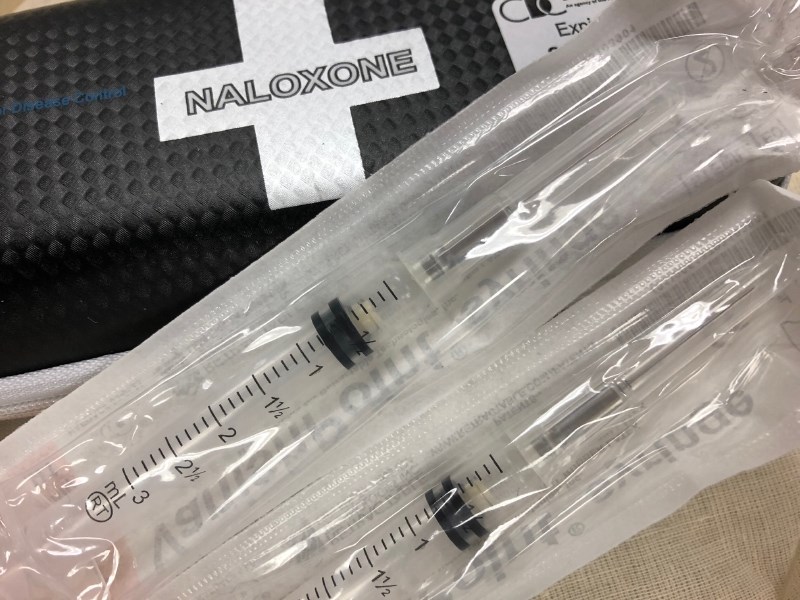B.C.’s rapid response to the drug-overdose epidemic three years ago likely prevented more than 3,000 deaths in just 20 months, a new report shows.
The study, led by researchers at the B.C. Centre for Disease Control, focused on the period immediately after a provincial health emergency was declared from April 2016 to December 2017.
A total of 2,177 people died from drug-overdose deaths over that time, but the study concluded the death toll would have been 2.5 times higher without the quick rollout of three key interventions: opening more overdose prevention and supervised consumption sites, distributing take-home naloxone kits for reversing overdoses, and increasing access to opioid-addiction treatments such as methadone or buprenorphine, also known as opioid agnostic therapies.
The naloxone program itself likely prevented a “phenomenal” 1,500 deaths, said Mike Irvine, lead researcher and a postdoctoral fellow at the B.C. Centre for Disease Control and the University of B.C.’s Institute of Applied Mathematics.
“In 2017 alone, over 60,000 kits were distributed,” he said. “So it really speaks to just how huge this program was, how huge this response and rollout was, and how effective it was at being able to distribute kits throughout the whole province.”
Irvine stressed, however, that the harm-reduction strategies worked best in unison.
“They’re synergistic,” he said. “For example, at an overdose-prevention site, someone could get linked to treatment there. Someone could also be given a take-home naloxone kit, which they otherwise may not have had access to. So really, it’s the total number combined.”
Irvine expects the findings will be useful for other jurisdictions looking to adopt similar strategies.
“This is maybe one of the first large-scale pieces of evidence to show that a comprehensive combined harm-reduction and treatment response to a crisis such as the one that we’re facing can be effective in reducing the overall number of deaths,” he said.
The study cautions that more needs to be done, given the numbers of people who continue to die from drug overdoses.
“Given that the majority of illicit-drug overdose deaths in B.C. have occurred among people who use opioids alone, interventions that address the contaminated drug supply along with [opioid agnostic therapies] are likely needed to further reduce overdose deaths,” the study said.
There were 268 drug overdose deaths in the first three months of this year, down from 395 over the same period in 2018, according to the most recent statistics from the B.C. Coroners Service.
Fentanyl, a powerful synthetic opiate, remains the primary culprit behind the epidemic of overdoses, which are now the leading cause of preventable deaths in B.C.



